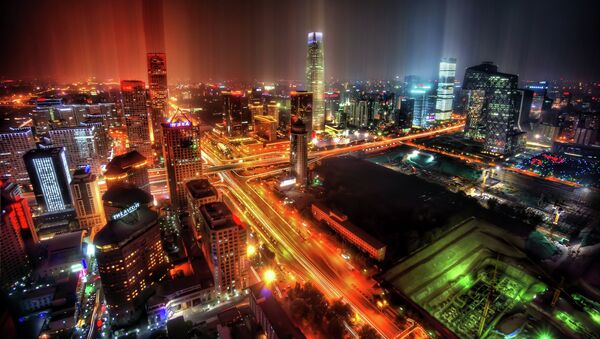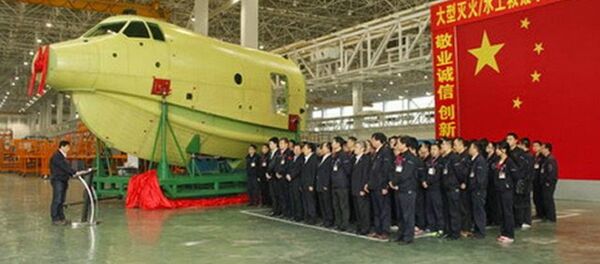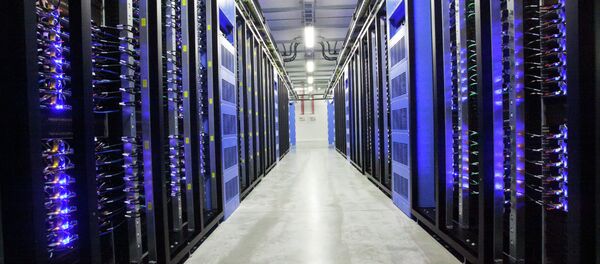Jing-Jin-Ji will connect Beijing, Tianjin and the Hebei Province – "Jing" for Beijing, "Jin" for Tianjin and "Ji," the traditional name for Hebei – to revamp China's economy in the north, the New York Times reported.
If it is realized, the new supercity will house 130 million people – larger than a third of the United States – across the three regions that span more than 82,000 square miles, or about the size of Kansas.
But some of the area's new roads and rail systems will not be completed for years. Yanjiao, in Heibei Province, is home to restaurants and 25-story housing buildings, but lacks hospitals and schools to support its population, which has grown tenfold – 700,000 new residents – over the last 10 years.
"The streets flood in the rain because there is no good drainage," Yanjiao resident Xia Zhiyan told the Times. "They just built more and more apartments without the most basic facilities."
Still, President Xi Jinping has endorsed the ambitious plans for Jing-Jin-Ji.
Additionally, each city has been assigned a specific economic role: Beijing is to focus on culture and technology, while Tianjin will become a research base for manufacturing. Hebei’s role is largely undefined, but could host minor industries, such as textile markets, the Times reported.
China is in the process of introducing a high-speed railway system into the area, with trains that travel at 150 to 185 miles an hour, allowing the urban area to expand and drastically cutting commute times.
"Speed replaces distance. It has radically expanded the scope of what an economic area can be." Zhang Gui, a professor at the Hebei University of Technology, told the Times.



